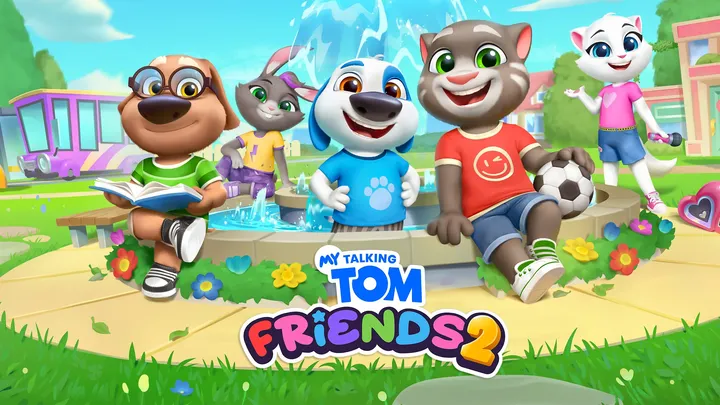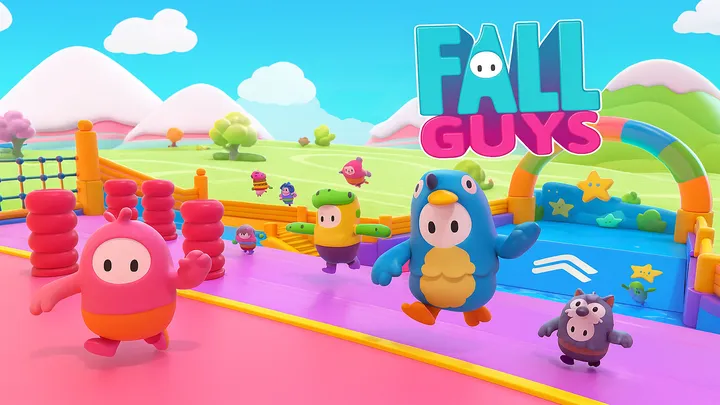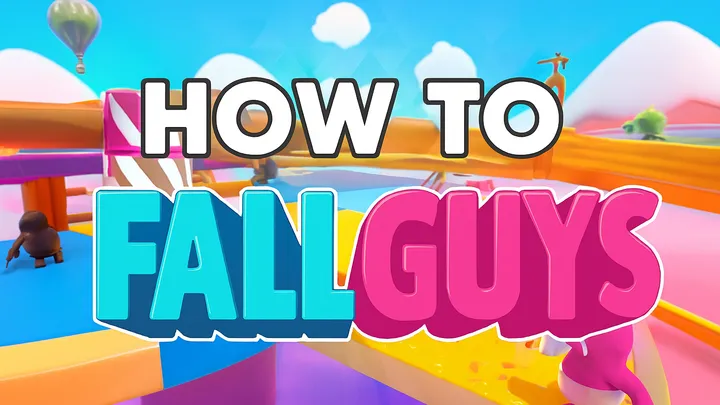Whisper of the House is not a typical horror game. While many titles rely on jump scares or grotesque visuals, this game builds its terror around silence, atmosphere, and decision-making. Every door you open, every shadow you follow, and every line of dialogue you choose is tied to consequences that ripple across the story. What makes Whisper of the House unique is its ability to weave fear not only from the supernatural but from the player’s own hesitation and guilt. In this article, we will dive deeply into the issue of choice and consequence, a mechanic that defines the tension of the game and shapes every player’s journey.
The First Encounter: Hesitation as a Mechanic
When players first step into the house, they are immediately forced to make choices. Do you light a candle and risk attracting attention, or do you walk in the dark and risk stumbling blindly?
This first moment sets the tone. Unlike games that gradually introduce decision-making, Whisper of the House demands that you choose without much explanation. That uncertainty creates hesitation, which itself becomes a form of fear.
Atmosphere of Uncertainty
The game punishes indecision. Standing still often triggers subtle supernatural events—whispers, moving objects, or shifting shadows—that push the player to act.
Example of Early Choice
- Lighting the candle increases visibility but alerts certain entities.
- Refusing the candle leaves you blind but safer from one type of danger.
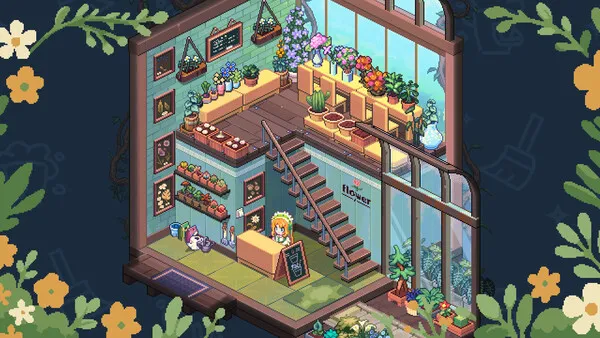
Moral Weight in Small Decisions
One of the most fascinating aspects of the game is that even seemingly small actions—closing a door, ignoring a portrait, or touching an object—carry moral undertones.
Players quickly learn that nothing is trivial. Even refusing to look at a crying child spirit in the hallway can change how later scenes unfold. The game turns avoidance into complicity, making every step heavy with consequence.
The Illusion of Innocence
The house forces you to ask: is ignoring safer, or is it cruel? Unlike binary morality systems in RPGs, Whisper of the House thrives in shades of gray.
Consequence Example
- Ignoring the child spirit might save you from a chase later.
- But it could also make you lose access to a vital clue.
Dialogue as a Weapon
Dialogue choices in Whisper of the House are not just about lore—they shape survival. NPC spirits react not just to what you say, but how long you take to answer. Silence can be seen as defiance, leading to aggression.
Emotional Manipulation
The game manipulates players by making dialogue emotional. A spirit might beg for acknowledgment, while another mocks you. Saying the “wrong” thing doesn’t just alter story branches—it alters how safe you feel in their presence.
Timing of Choices
The timed dialogue system adds pressure. Many players report that their fear was heightened not by the words themselves but by the ticking timer counting down their chance to respond.
Branching Consequences: A Web of Fear
Unlike linear horror titles, Whisper of the House relies on a web of branching consequences. What you do in the first hour might change events in the final scene.
Replaying the Same Story
Players often revisit the game multiple times to uncover how different choices shape the house. This replayability isn’t about completionism but about confronting the weight of “what if.”
Example of Consequence Spread
- Saving a spirit in Chapter 2 may protect you in Chapter 5.
- Failing to help may close off entire story arcs.
Psychological Burden: Guilt as Gameplay
What makes the choice system so impactful is the guilt it creates. Even when making a “correct” decision, players are haunted by what they didn’t do.
Manipulating Player Psychology
The game intentionally amplifies guilt. Characters whisper about your past decisions, reminding you of ignored pleas or abandoned spirits. This creates a meta-horror effect: the scariest monster is your own conscience.
Real-World Parallels
This mirrors real-life decision-making anxiety. Whisper of the House isn’t about beating monsters—it’s about living with regret.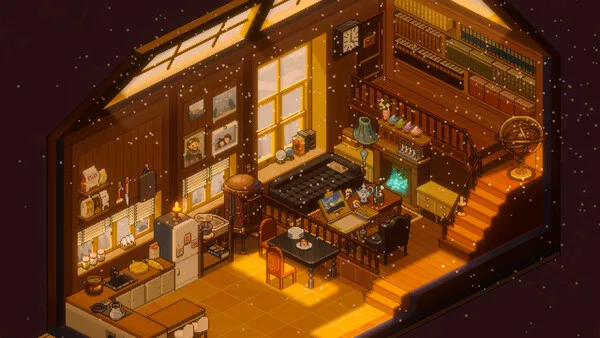
Risk and Reward in Exploration
Exploration is tied tightly to decision-making. Opening a locked room might reward you with crucial lore or punish you with an unstoppable enemy encounter.
h3: The Gamble of Curiosity
Players learn that curiosity is both a survival tool and a death sentence. The house rewards bravery inconsistently, keeping players on edge.
Exploration Trade-Offs
- Entering a forbidden room: high risk, high reward.
- Skipping exploration: safer in the moment, but you may miss survival tools.
Time and Pressure: Decisions Under Duress
The game is notorious for placing decisions under time pressure. Choosing too quickly or too slowly both have consequences.
Stress as a Mechanic
Unlike traditional survival horror, where combat or puzzles define stress, Whisper of the House makes the very act of choosing stressful.
Time-Pressured Example
- Deciding whether to hide or confront a spirit within seconds.
- Choosing the wrong option under pressure often has brutal outcomes.
The Illusion of Control
While the game emphasizes choice, it also thrives on the illusion of control. Sometimes, no matter what you do, events spiral into tragedy.
Breaking the Player’s Confidence
By occasionally rendering all paths painful, the game reinforces its core theme: you cannot control everything. This unpredictability keeps players fearful.
Example of Inevitable Loss
- A companion character may always die, regardless of choices.
- The difference lies in how they die and how you carry that memory forward.
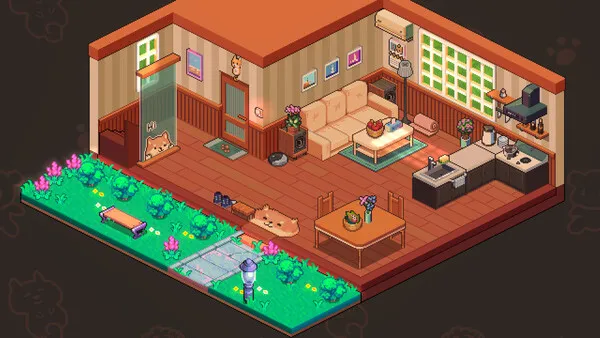
Long-Term Narrative Impact
Unlike many games where choices only alter endings, Whisper of the House embeds consequences throughout the narrative. The “ending” is not a single moment but a reflection of every choice you made along the way.
Fragmented Endings
The game offers multiple endings, but they feel less like outcomes and more like personalized stories of guilt and survival.
Living with Consequences
Instead of celebrating victory, players are left reflecting on past decisions. The game succeeds in making the journey itself the ending.
Player Reactions and Community Debate
The choice system has sparked debate in the player community. Some praise the depth, while others criticize the unpredictability.
The Value of Uncertainty
Many argue that the inability to predict outcomes makes the horror more real. Life in a haunted house shouldn’t be predictable.
Pros and Cons of the System
- Pros: Immersive, replayable, psychologically impactful.
- Cons: Can feel unfair, especially for players seeking “optimal” paths.
Conclusion
Whisper of the House is not about fighting monsters or escaping a haunted mansion—it is about choices, consequences, and the crushing psychological weight of regret. Every decision, from the smallest hesitation to the most obvious path, is designed to haunt the player both in-game and after the screen turns black. By turning choice itself into the source of fear, the game carves its identity within the horror genre. Whisper of the House teaches us that in a haunted world, the scariest sound is not the whisper of ghosts, but the whisper of doubt in our own minds.




